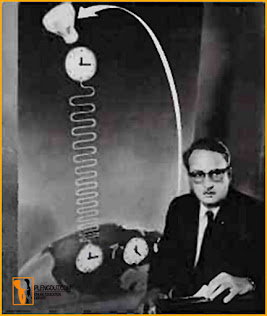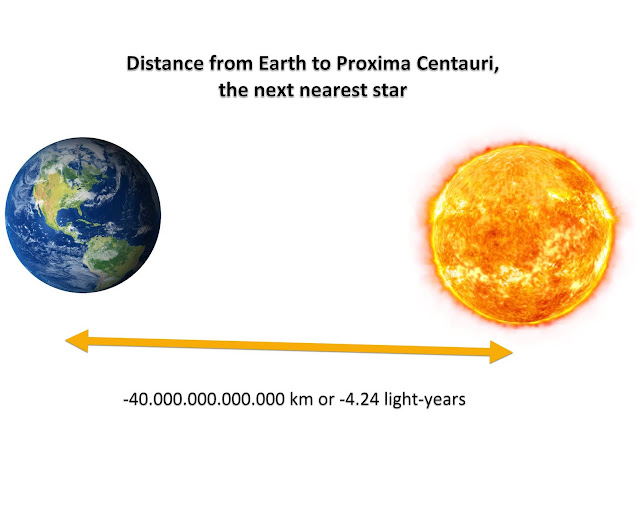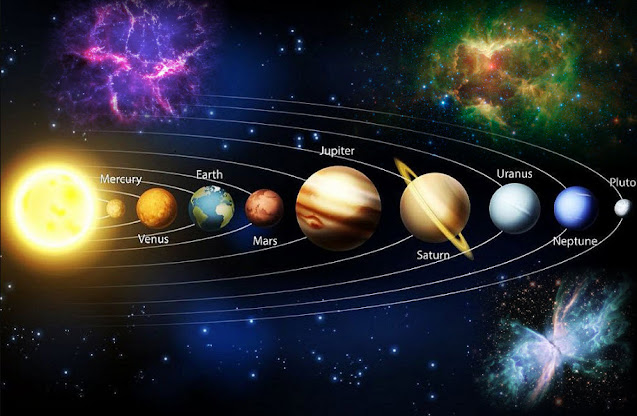The structure of the universe
The matter of the universe is not evenly distributed. Instead, matter is influenced by gravity and shaped in diverse ways. The space between these differently shaped structures is unimaginably vast.
Glowing agglomerations of matter are visible at night. These stars, together with our sun, make up the spiral-shaped Milky Way, which in turn is a member of a collec tion of galaxies called the Local Group.
These, and larger accumulations known as clusters, tend to exist in even greater groups separated by huge voids of space. These so-called superclusters are vast and lumpy in shape. Their distribution through- out space resembles the structure of soapy lather, with heavier distributions along the walls or intersections of the "soap" bubbles and pockets of empty space in between. Neighboring stars are normally a few light- years apart from each other at universe.
Universe large galaxy
The diameter of a large galaxy is around 100,000 light- years and the Local Group has an estimated diameter of about 10 million light-years. Superclusters can spread over several 100 million light-years. Threadlike structures consisting of these clusters encompass the empty spaces, the largest of which extend over one billion light-years.
Universe Modeling
Modeling Due to the huge scale of the distances involved, only indirect methods can be used to measure the cosmic structure of the universe. Certain assumptions must be made and adapted to interpret the astronomical observations and data. Most scientists have accepted the big bang model-that suggests the universe evolved from an extremely condensed primeval state as a valid model. The predominant method for measuring cosmic distances is the redshift of the light emitted by distant, receding objects. Both of these approaches allow scientists to develop hypotheses about the expansion of the universe and are closely related to the general theory of relativity developed by Albert Einstein. There may be other valid models which are are also consistent with observational data.
 |
| Pict: Scientists create physical models of the universe with the aid of Einstein's general theory of relativity. |
 |
| Pict: The nearest star to Earth after the sun is Proxima Centauri. |
 |
| Pict of the universe: In the field of cosmology astronomers and physicists work closely together to try to explain the origin, expansion, and structure of the universe. |
The Universe
Information regarding the appearance of the universe as a whole, its origins, and how it evolved is limited, but by measuring the radiation coming from celestial bodies in combination with knowledge about the physical laws, scientists are able to create models of the universe, which are assessed by how well they match observational data.
THE LIGHT-YEAR
Light travels at 186,282 miles per second (299,792 km/s) in a vacuum. Large distances can be estimated based on this information; they are simply given in terms of how far the light travels within a certain time-frame. This is a much easier way of communicating measurements on the cosmic scale. Hence, one light-year is defined as the distance which light can travel within one year. This is almost 5.9 trillion or 5,900,000,000,000 miles (9,500,000,000,000 km). The nearest neighbor to the sun is a star called Proxima Centauri, a little more than four light-years away, and the nearest galaxy, Andromeda, is two million light-years away.
